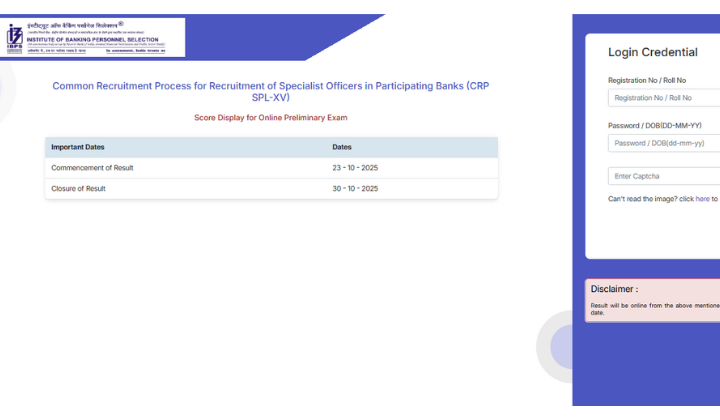Now Reading: India’s AI Startups Go Rural: How AgriTech Is Changing Lives in Villages
-
01
India’s AI Startups Go Rural: How AgriTech Is Changing Lives in Villages
India’s AI Startups Go Rural: How AgriTech Is Changing Lives in Villages

As artificial intelligence (AI) gains ground in India’s urban corridors, a quieter but powerful transformation is unfolding in rural landscapes. AI-driven AgriTech startups are reaching India’s villages, offering innovative solutions to age-old farming challenges. From soil health monitoring to smart irrigation, technology is gradually becoming a trusted ally for farmers — especially in Tier-2 and Tier-3 districts where agriculture remains the backbone of the local economy.
The Rise of AI in the Fields
In recent years, Indian startups have increasingly shifted focus to rural-centric problems, particularly in agriculture. AI is being used to analyze weather patterns, predict crop diseases, optimize fertilizer use, and manage water more efficiently. These data-driven tools help farmers make informed decisions that improve both yield and income.
For small and marginal farmers, this can be a game-changer. Traditionally dependent on local knowledge or inconsistent advisory services, they now have access to precision insights at their fingertips — often through smartphone apps in regional languages.
Real Impact in Tier-2 and Tier-3 Regions
In areas like Vidarbha in Maharashtra or Bundelkhand in Uttar Pradesh, where unpredictable weather and poor soil conditions affect productivity, AI-led tools have brought visible improvements. Startups are offering remote crop health monitoring, drone surveillance, and AI-powered marketplaces that connect farmers directly with buyers.
These innovations not only save time and cost but also reduce reliance on middlemen, a long-standing issue in Indian agriculture. Many farmers report increased profits and more control over their produce, thanks to digital support tools tailored to local contexts.
Challenges in Scaling the Revolution
Despite the promise, challenges remain. Limited digital literacy, inconsistent internet access, and lack of trust in new technologies can slow adoption. Moreover, many startups face difficulties in scaling due to high operational costs and regulatory hurdles in rural India.
Financial support, training programs, and infrastructure development are crucial to bridge this gap. Without a supportive ecosystem, the AI push in rural areas may remain limited to pilot projects or isolated success stories.
The Road Ahead: Inclusive Innovation
The long-term success of AgriTech will depend on inclusivity — making sure that even the smallest farmer in a remote village benefits from AI. Building trust, offering hands-on training, and creating easy-to-use tools in local languages will be key steps forward.
Government partnerships and public-private models could also help scale solutions faster and more equitably, ensuring that technological advancement doesn’t remain an urban privilege.
Conclusion: A Quiet Tech Revolution in the Fields
India’s AI journey is no longer just about cities and software parks. From sugarcane fields in Belagavi to paddy farms in Odisha, artificial intelligence is slowly but steadily changing the way rural India grows food. If scaled responsibly, this rural-tech movement could redefine the future of farming — and help millions of Indian farmers lead more secure, sustainable lives.

























